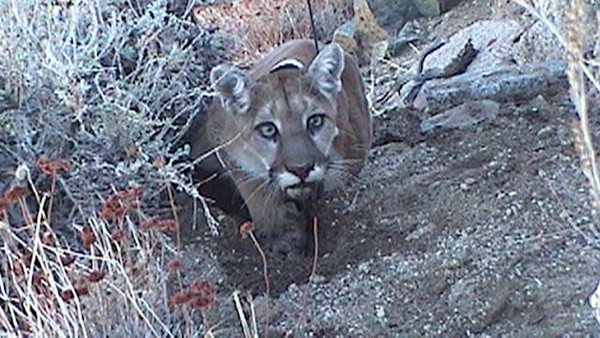What does local mean to California Local? First, we care about all things California. We chronicle our state’s unique history and cover regional issues that affect all residents (for instance, the story below on wildlife crossings). But in each county we cover, we also go for granular detail, providing information on local governments, community groups and other civic infrastructure. If you’re getting this newsletter, you’re most likely a Santa Cruz local—our fastest-growing audience. Every week we get new members—some whose names we recognize; others whom we have yet to get to know. We’re looking forward to getting you involved in our community journalism experiment (more on that below).
| View in Browser |


By Sharan Street
Published Jun 06, 2022
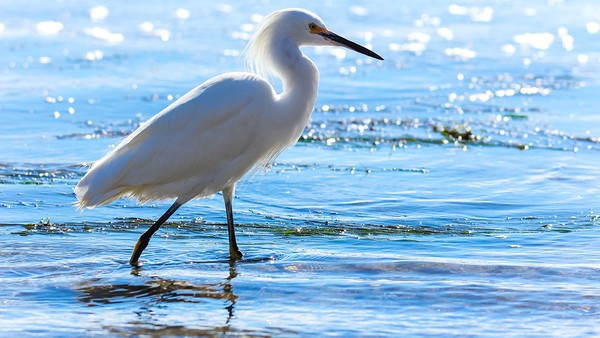
6-6-22: Proudly Local
Riding the Rail Trail
Speaking of local issues, there’s no debate on the hottest topic of conversation in Santa Cruz County. This newsletter will be emailed out one day before the June 7 election, which includes the Measure D/Greenway Initiative ballot measure. You can access many stories by Santa Cruz media outlets in our Santa Cruz Rail Trail tracker. And below you’ll find links to two stories recently posted on California Local: One is written by Bud Colligan, a major proponent of Measure D. The other is by our co-founder and executive editor, Eric Johnson, which states his reasons for supporting a no vote on the initiative. (Both are opinion pieces and do not represent any official position held by California Local.)
From Bud Colligan, Nadene Thorne & Bobbi Burns: ‘Clearing Up Misconceptions About Measure D’
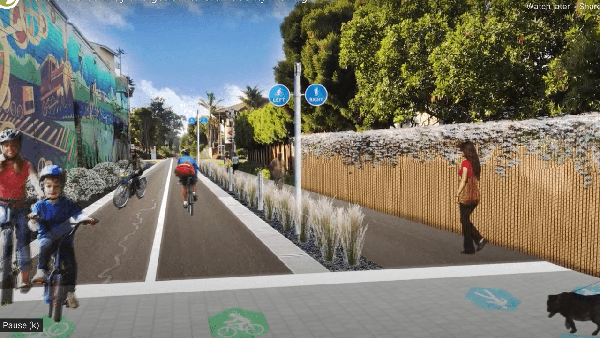
Why I Oppose the Greenway Initiative
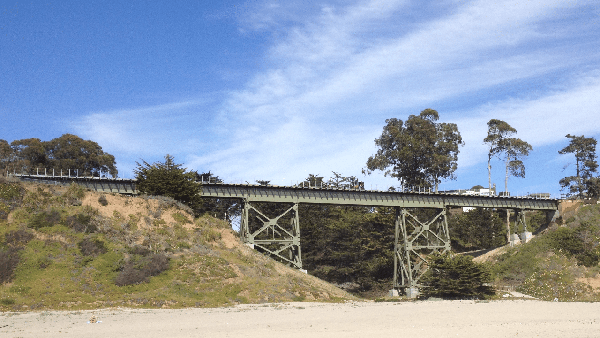
New Map Takes Flight
In addition to local issues, we’re also passionate about local geography. Past newsletters have reported on the Safe Cycling Santa Cruz map, created with the help of local cyclists Keith Bontrager, Phil Boutelle and Lloyd Tabb. Since the map debuted, other cyclists have participated in our a discussion about safe bike routes.
Our newest map shows the birding spots in Santa Cruz County, based on a guide created by the Santa Cruz Bird Club. In a blog post announcing the map, California Local co-founder Chris Neklason writes, “No matter one’s level of interest in birds, from the casual appreciation to the deepening understanding, it’s never been as simple and convenient to join the ranks of citizens contributing to the science of ornithology.”
Sites on the map link to the Bird Club’s descriptions, which offer details on which birds to expect. Birders can study the map to find rare or elusive species, but it’s also a great resource for those who have never given a thought to watching birds. Because birds are everywhere, knowing what common species are nearby can add greatly to the pleasure of living in Santa Cruz County.
There are even productive birding spots right in the city: Twin Lakes State Beach, the Lower San Lorenzo River or Santa Cruz Municipal Wharf. Don’t know where to get started? Go near any body of water. Not only is the bird life more productive, but water birds are easier to spot: gorgeous wood ducks at Neary Lagoon, stately great blue herons on the San Lorenzo River, soaring brown pelicans at Natural Bridges, elegant term flocks at Corcoran Lagoon—and if you’re really lucky, a bald eagle at Harkins Slough.
Once you’re on the Santa Cruz Bird Club site, there’s much more to discover. The group, active since 1956, offers a bimonthly newsletter, conservation news, and a calendar of field trips and meetings. Newbies will find links to resources for beginning birders, while experts will appreciate the club’s research on a new breeding bird atlas, which will describe the distribution and abundance of species in the region—key infomation that helps us protect vital habitat for Santa Cruz County’s feathered residents.
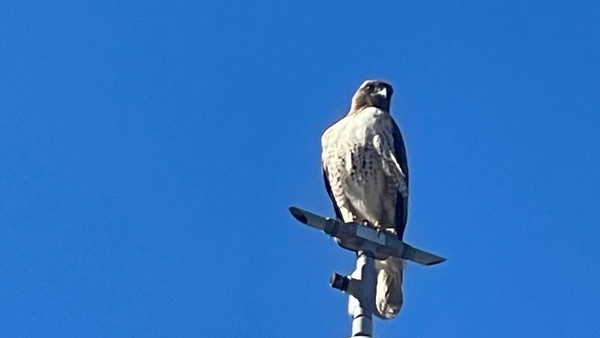
Five California Wildlife Crossings Keeping Animals Safe
